- With standard equipment
- With safety pack
Find more information in the General Comments section of the assessment
Find more information in the Rating Validity tab of the assessment
- See More
- See More
- See More
- See More
- Good
- Adequate
- Marginal
- Weak
- Poor
 Rear Seat
Rear Seat
 Front Seat
Front Seat
- Good
- Adequate
- Marginal
- Weak
- Poor


Passenger
outboard
center
Fitted to the vehicle as standard
Not fitted to the test vehicle but available as option
Not Available
-
i-Size CRS
-
ISOFIX CRS
-
Universal Belted CRS
Easy
Difficult
Safety critical
Not allowed
| Seat Position | ||||
|---|---|---|---|---|
| Front | 2nd row | |||
| Passenger | Left | center | Right | |
| Maxi Cosi 2way Pearl & 2wayFix (i-Size) | ||||
| Maxi Cosi 2way Pearl & 2wayFix (i-Size) | ||||
| BeSafe iZi Kid X2 i-Size (i-Size) | ||||
| Britax Römer TriFix2 i-Size (i-Size) | ||||
| BeSafe iZi Flex FIX i-Size (i-Size) | ||||
| BeSafe iZi Combi X4 ISOfix (ISOFIX) | ||||
| Britax Römer KidFix XP (ISOFIX) | ||||
| Maxi Cosi Cabriofix (Belt) | ||||
| Maxi Cosi Cabriofix & EasyBase2 (Belt) | ||||
| Britax Römer King II LS (Belt) | ||||
| Britax Römer KidFix XP (Belt) | ||||
Easy
Difficult
Safety critical
Not allowed
In the frontal offset test, protection of both child dummies was good or adequate for all critical parts of the body. In the side barrier test, protection of all critical body regions was good and maximum points were scored for this part of the assessment. The front passenger airbag can be disabled to allow a rearward-facing child restraint to be used in that seating position. Clear information is provided to the driver regarding the status of the airbag and the system was rewarded. Unclear information in the user manual resulted in the installation check of some child restraints being classed as a fail. Otherwise, the restraints for which the car is designed could be properly installed and accommodated.
- Good
- Adequate
- Marginal
- Weak
- Poor

Head Impact 18.7 Pts
Pelvis Impact 5.2 Pts
Leg Impact 6.0 Pts
| System Name | Pre-Crash Safety system | ||
| Type | Auto-Brake with Forward Collision Warning | ||
| Operational From | 10 km/h | ||
| PERFORMANCE | | |||
-
Cyclist from nearside, obstructed view
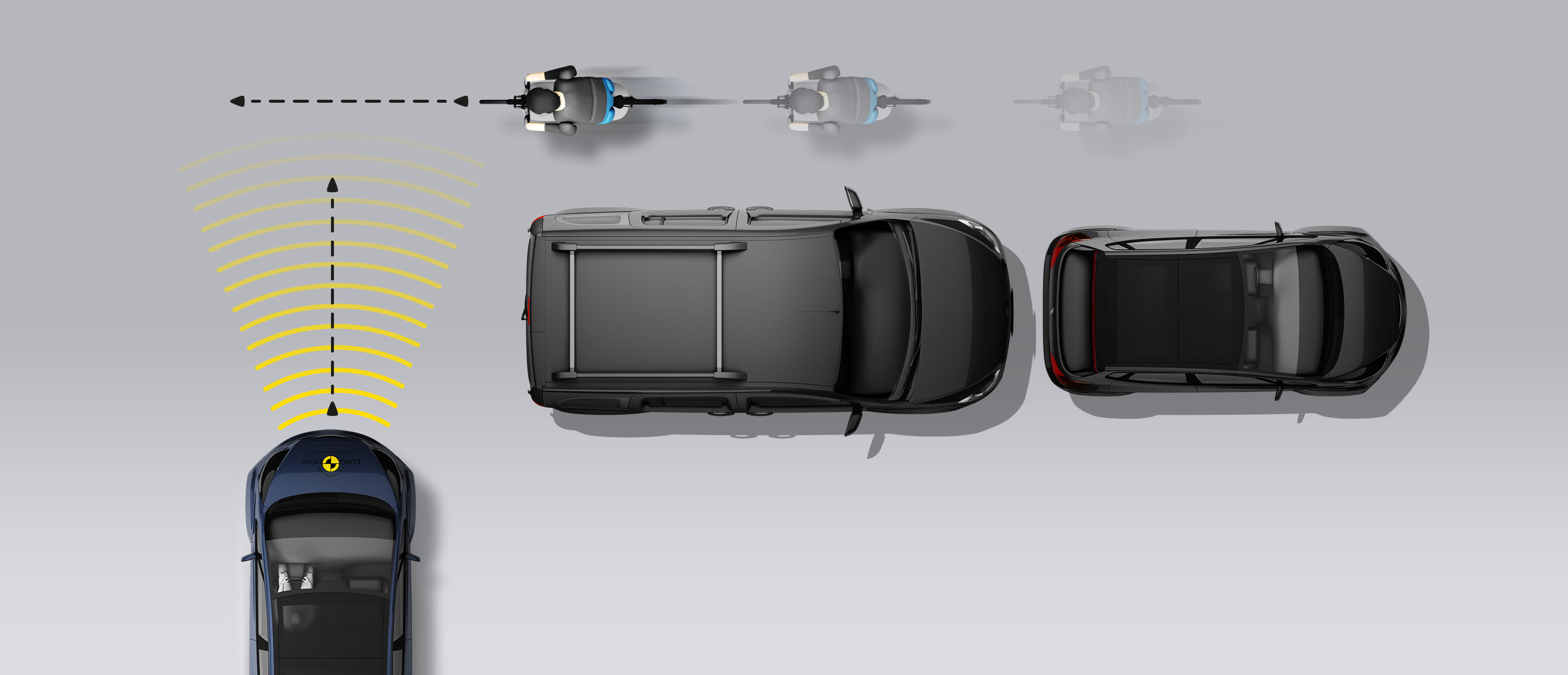
-
Approaching a crossing cyclist
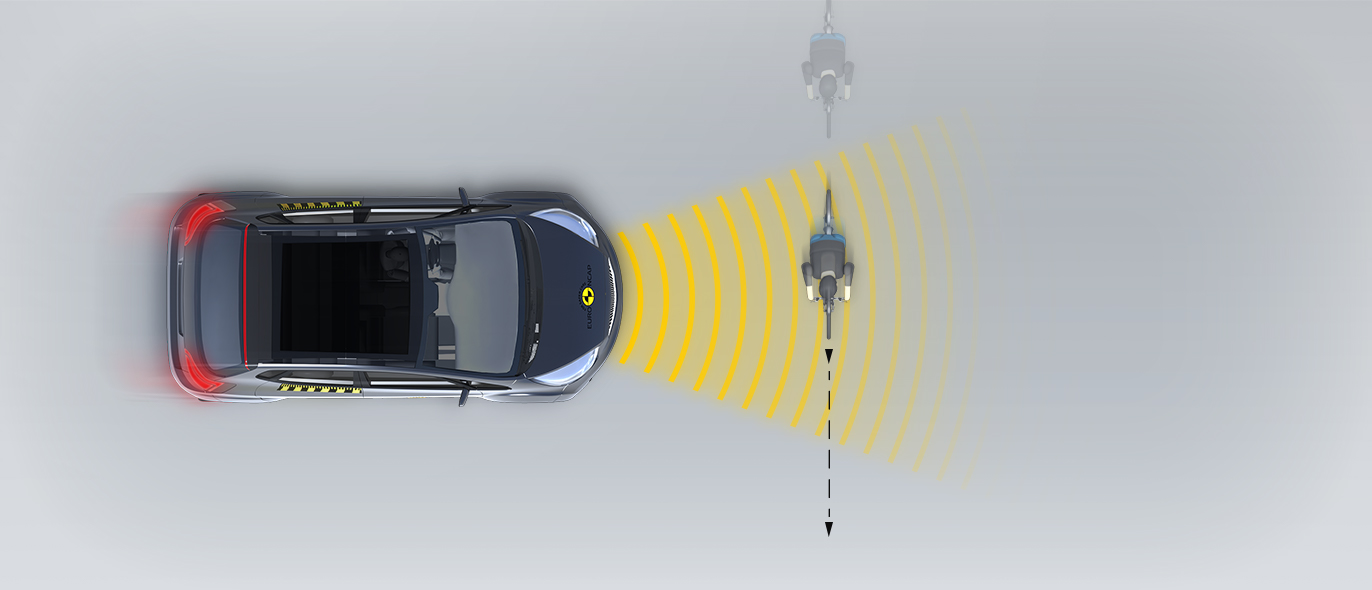
-
Cyclist along the roadside

The bonnet provided predominantly good or adequate protection to the head of a struck pedestrian, with some poor results recorded on the stiff windscreen pillars. The bumper provided good protection to pedestrians' legs and protection of the pelvis was good at most test positions. The autonomous emergency braking (AEB) system can detect vulnerable road users like pedestrians and cyclists, as well as other vehicles. In tests, the system's response to such road users was adequate, with collisions avoided or mitigated in most cases.
The system does not detect pedestrians to the rear of the car, and reversing tests were not performed.
- Good
- Adequate
- Marginal
- Weak
- Poor
| System Name | Dynamic Radar Cruise Control |
| Speed Limit Information Function | Camera based |
| Speed Control Function | System advised (accurate to 5km/h) |
| Applies To | Front and rear row seats | ||
| Warning | Driver Seat | Front Passenger(s) | Rear Passenger(s) |
| Visual | |||
| Audible | |||
| Occupant Detection | |||
|
|||
| System Name | Vehicle Sway Warning function |
| Type | Steering input and camera |
| Operational From | 50 km/h |
| System Name | Lane Departure Alert |
| Type | LKA and ELK |
| Operational From | 50 km/h |
| Performance | |
| Emergency Lane Keeping | |
| Lane Keep Assist | |
| Human Machine Interface | |
| System Name | Pre-Crash Safety system | |||
| Type | Autonomous emergency braking and forward collision warning | |||
| Operational From | 10 km/h | |||
| Sensor Used | camera and radar | |||
Autonomous emergency braking (AEB) is fitted as standard. The system performed well in tests of its detection and reaction to other vehicles, with impacts being avoided or mitigated in most cases. As well as a seatbelt reminder for front and rear seats, a driver monitoring system is fitted which uses steering and camera inputs to identify whether the driver is alert and focussed on the driving task or is impaired through fatigue or other factors. The system warns the driver if impaired driving is detected. The lane support system gently corrects the steering of the car if it is drifting out of lane and also intervenes much more aggressively in some critical situations. A speed assistance system uses a camera to detect the local speed limit. This information is presented to the driver who can then set the speed limiter appropriately.
- Specifications
- Safety Equipment
- Videos
- Rating Validity
Specifications
Tested Model Toyota Yaris Hybrid 1.5 HEV, RHD
Body Type - 5 door hatchback
Year Of Publication 2020
Kerb Weight 1175kg
VIN From Which Rating Applies - All Mazda 2 Hybrids
Class Small Family Car
Safety Equipment
Note: Other equipment may be available on the vehicle but was not considered in the test year.
Fitted to the vehicle as standard
Fitted to the vehicle as part of the safety pack
Not fitted to the test vehicle but available as option or as part of the safety pack
Not available
Not applicable
Videos
Rating Validity
Variants of Model Range
| Body Type | Engine & Transmission | Drivetrain | Rating Applies | |
|---|---|---|---|---|
| LHD | RHD | |||
| 5 door hatchback | 1.5 hybrid* | 4 x 2 |  |
 |
* Tested variant




Find more information in the General Comments section of the assessment
The Mazda 2 Hybrid is, in all ways related to safety, identical to the Toyota Yaris Hybrid tested by Euro NCAP in 2020. Accordingly, the rating of the Yaris Hybrid can be applied to the Mazda 2 Hybrid.
 Share
Share
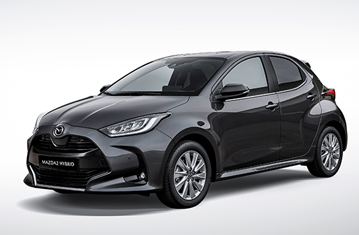









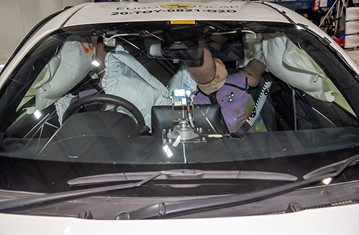








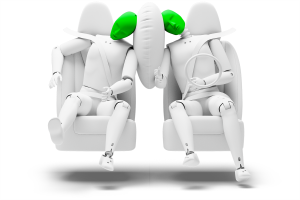
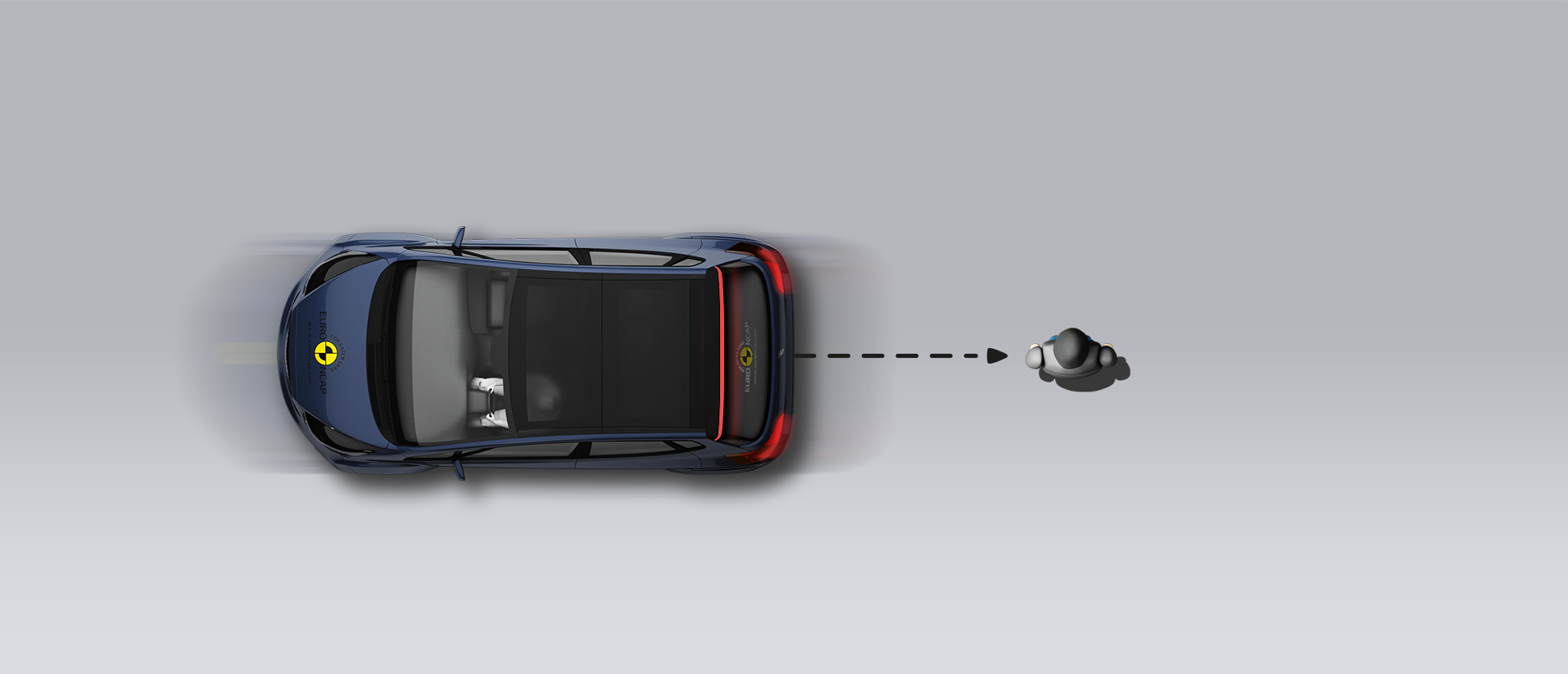
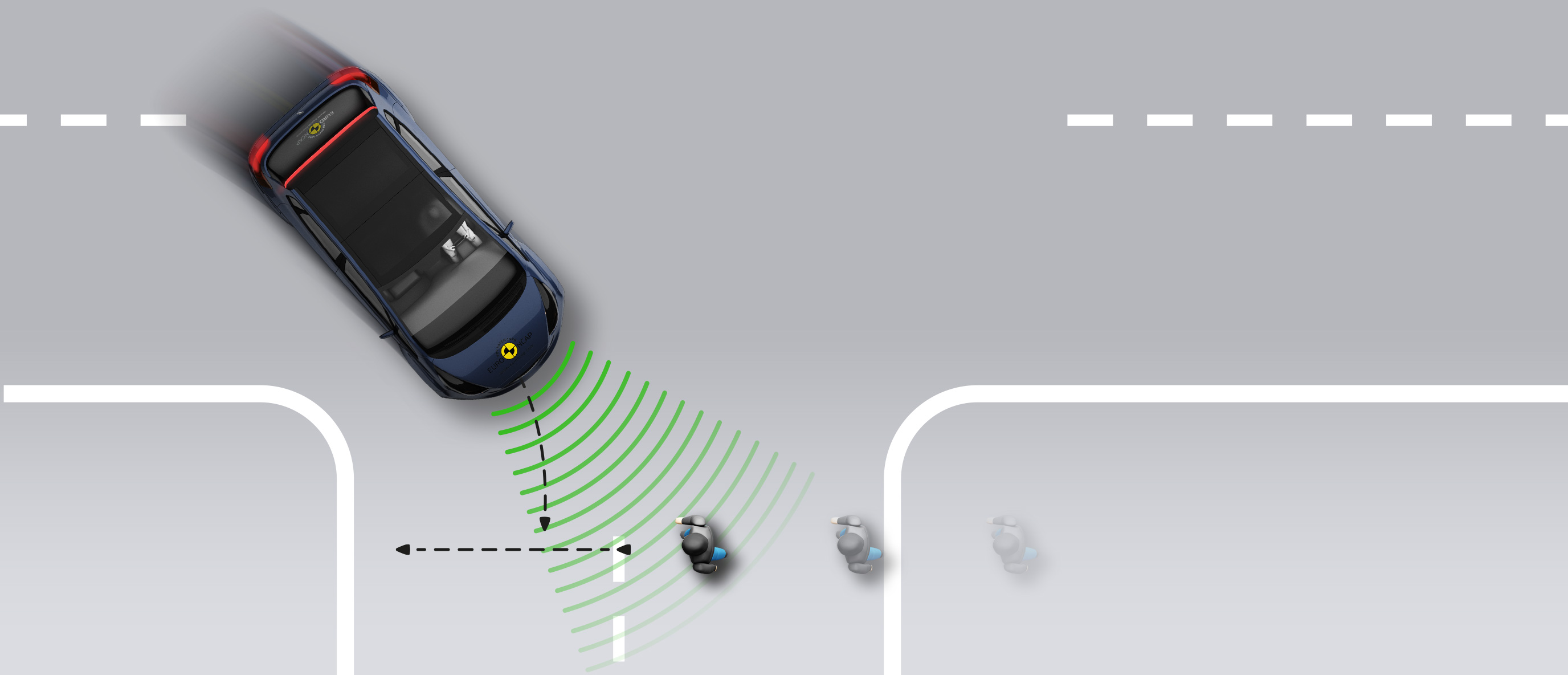

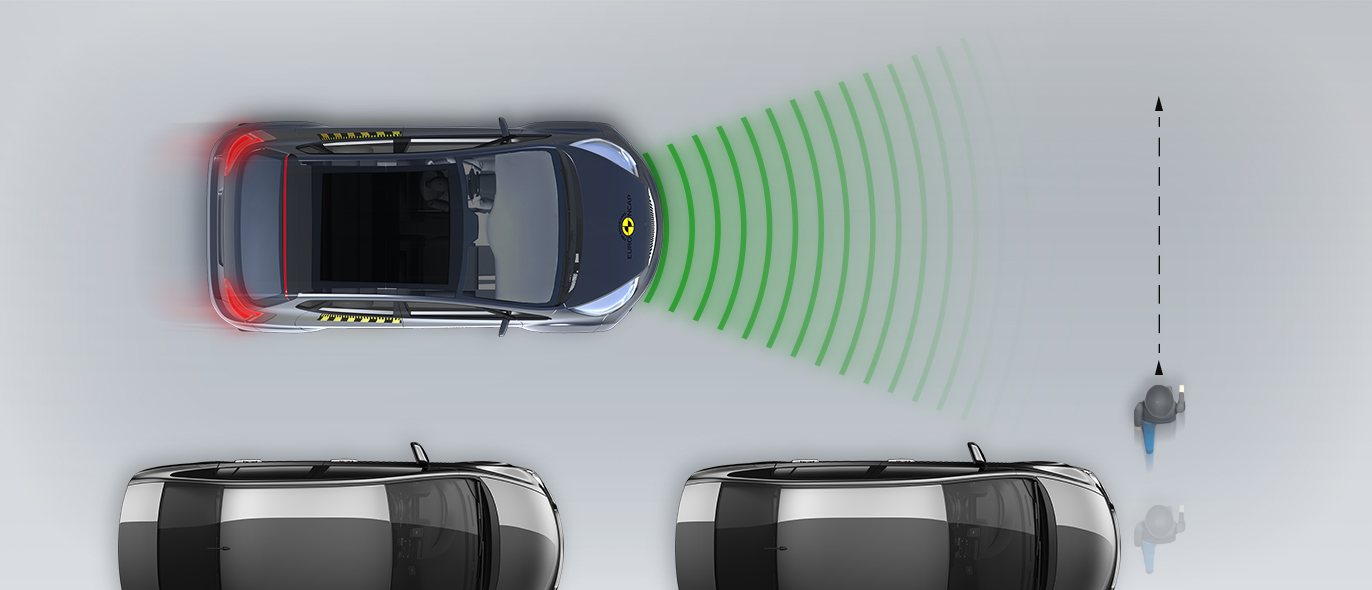



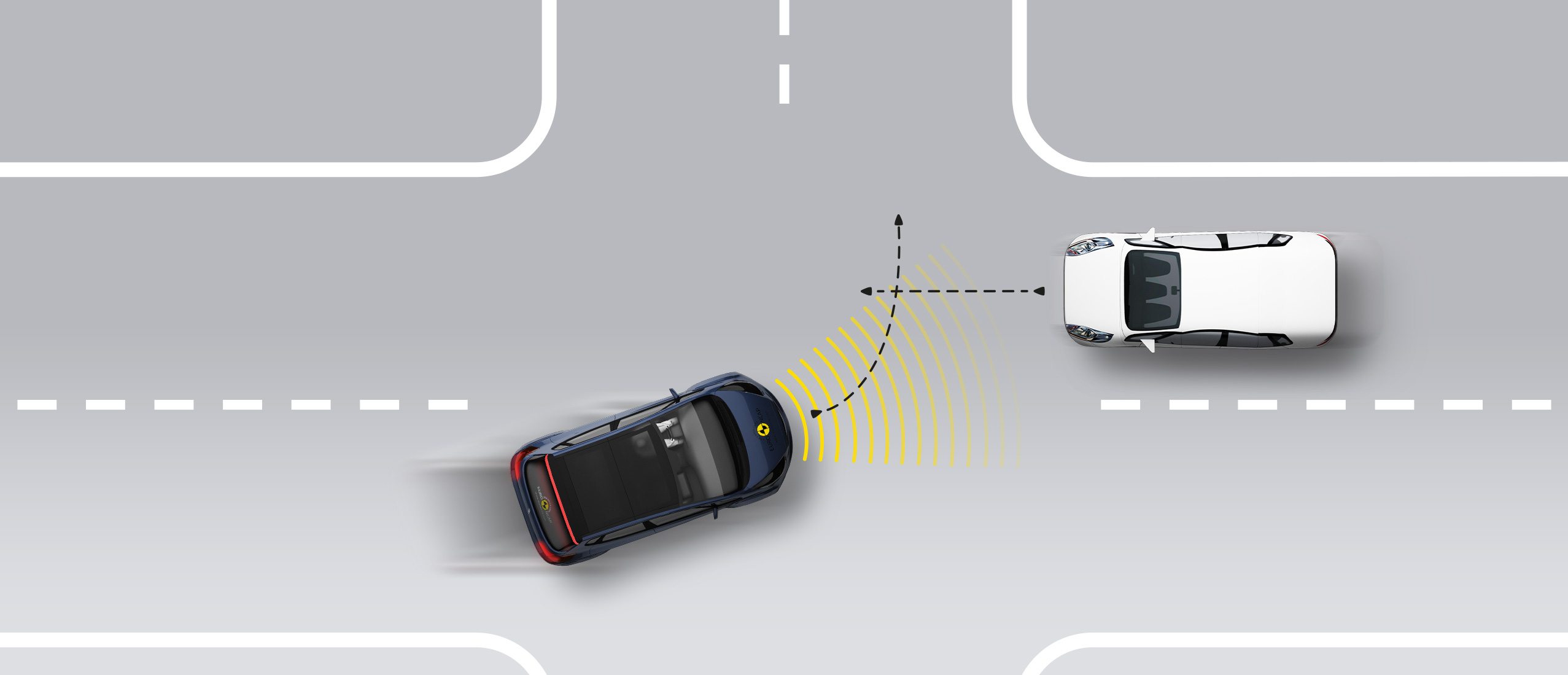








The passenger compartment remained stable in the offset frontal test. Protection of the driver's chest was rated as marginal, based on dummy measurements of compression. Measurements in the knees and femurs of both driver and passenger dummies indicated a marginal level of protection and the scores for these regions were penalised owing to potentially injurious structures in the dashboard. The car's modest weight and benign front structure did not pose a high risk to the occupants of a colliding vehicle in a frontal offset impact. In the full-width, rigid wall test, protection was good or adequate for all body critical body regions for both the driver and the rear seat passenger. In the side barrier test, representing a collision by another vehicle, protection of all critical body areas was good. Similarly, in the more severe side pole impact, protection was good all-round. In an assessment of protection in far-side impact, dummy excursion (its movement towards the other side of the vehicle) was rated as marginal and, as a consequence, protection of critical body areas was rated as adequate, even though dummy measurements were good. There are centre airbags to protect against occupant-to-occupant interaction in side impacts. This system worked well in Euro NCAP's test, with good protection of the head for both front seat occupants. Tests on the front seats and head restraints demonstrated good protection against whiplash injury in the event of a rear-end collision. A geometric assessment of the rear seats also indicated good whiplash protection. The car is equipped as standard with a multi-collision braking system, which applies the brakes immediately after an impact to prevent the vehicle from being involved in secondary impacts. The car also has an advanced e-Call system which, in the event of an accident, automatically sends a message to the emergency services, giving the car's location.